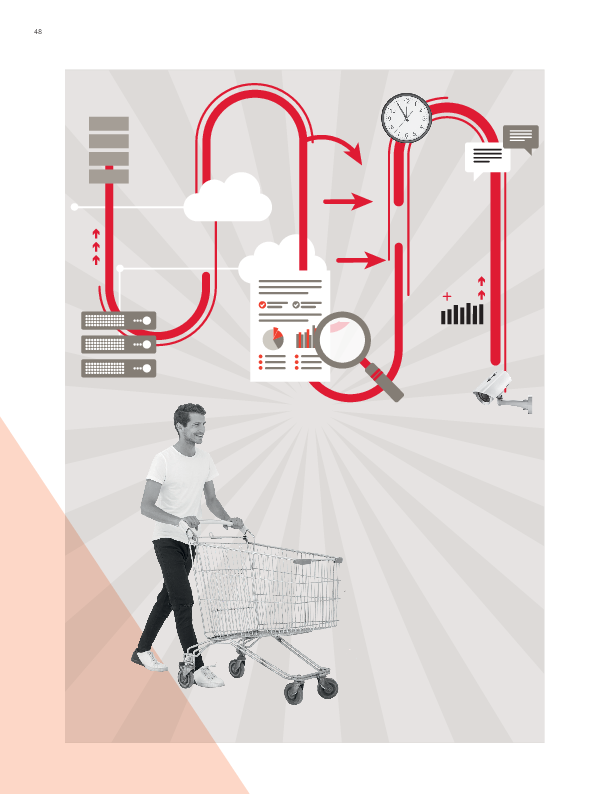Technologies Turning Future Brick-and-Mortar Stores into Data-Rich Environments
Fabian Buder, Anja Dieckmann, Holger Dietrich and Julia Wieting
Visitors of an online retailer’s website leave digital traces. Every click and each interaction on the website generate information about a customer while many traditional retailers tend to know very little about their customers. However, market incumbents need not watch this development in passive awe. Many technologies are already available that help brick-and-mortar stores gather more valuable information about their customers, allowing them to improve shopper experience, retain customers, and ultimately increase profits. If used in a smart, transparent and non-offending way, technologies like in-store cameras, smart sensors, virtual reality or augmented reality can make a physical store almost as data-rich as a website. Retailers can be enabled to track the customer journey, observe product interactions in front of shelfs, recognize customers and identify segments, detect emotional states automatically and understand their customers’ information needs and decision making processes. Virtual reality offers retailers environments for controlled experimentation so that they can employ A/B tests to optimize customer experience and turnover and do not fall behind online retailers. New technologies need to be introduced carefully and consider people’s needs for transparency and control.

![[Translate to English:] [Translate to English:]](/fileadmin/_processed_/4/3/csm_reinartz_intro_vol_11_no_1_dt_424811060e.png)
![[Translate to English:] [Translate to English:]](/fileadmin/_processed_/0/6/csm_ramaswamy_ozcan_vol_11_no_1_dt_df51cfc30e.png)
![[Translate to English:] [Translate to English:]](/fileadmin/_processed_/e/3/csm_dorotic_vol_11_no_1_dt_5fad28f635.png)
![[Translate to English:] [Translate to English:]](/fileadmin/_processed_/6/a/csm_reinartz_wiegand_vol_11_no_1_dt_dd1f598120.png)
![[Translate to English:] [Translate to English:]](/fileadmin/_processed_/6/e/csm_shankar_vol_11_no_1_dt_ba4c32b686.png)
![[Translate to English:] [Translate to English:]](/fileadmin/_processed_/f/2/csm_linzbach_ea_vol_11_no_1_dt_9dd0213a82.png)
![[Translate to English:] [Translate to English:]](/fileadmin/_processed_/a/1/csm_2019_nim_mir_future_of_retail_english_ebay_4dfba03c8e.png)


